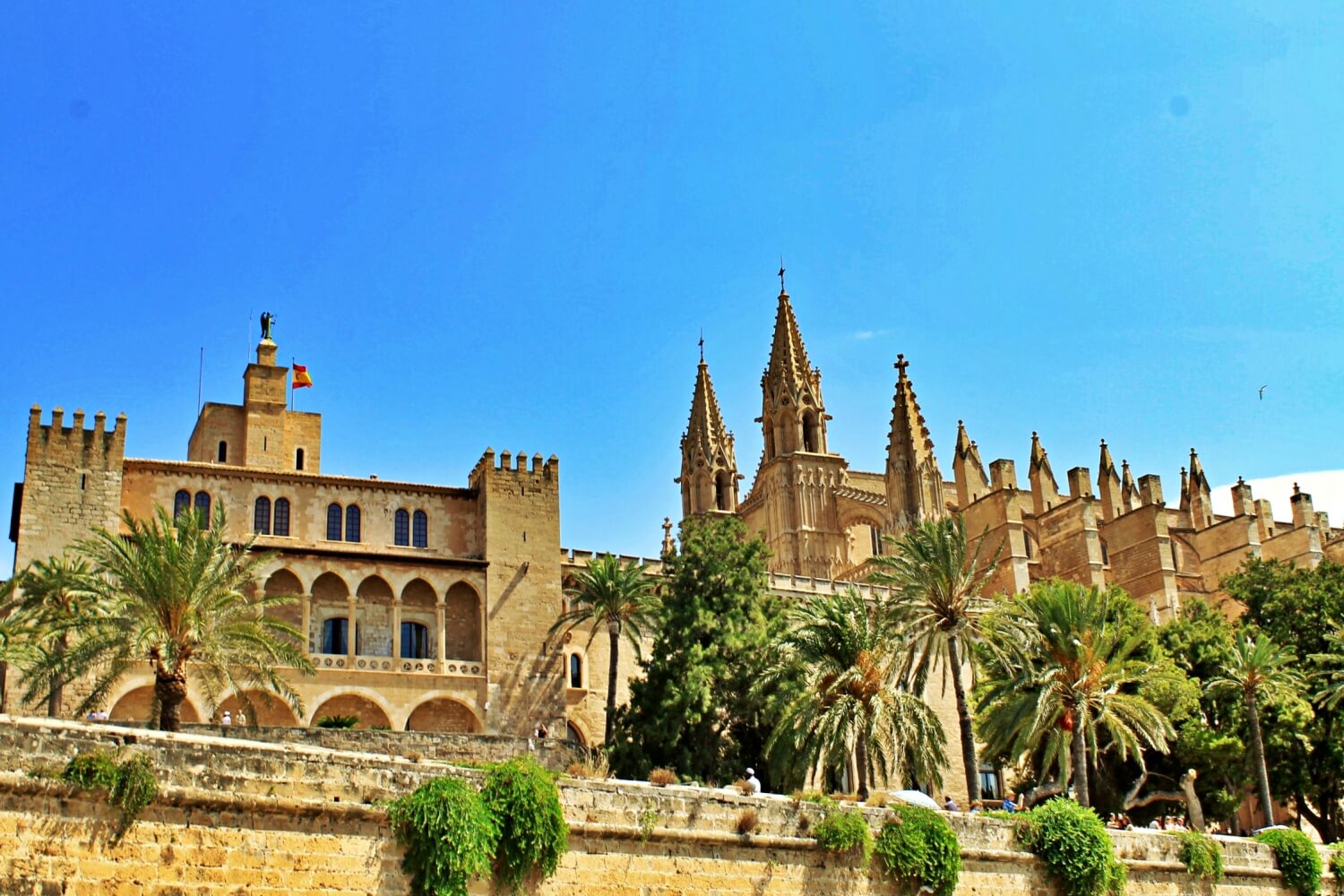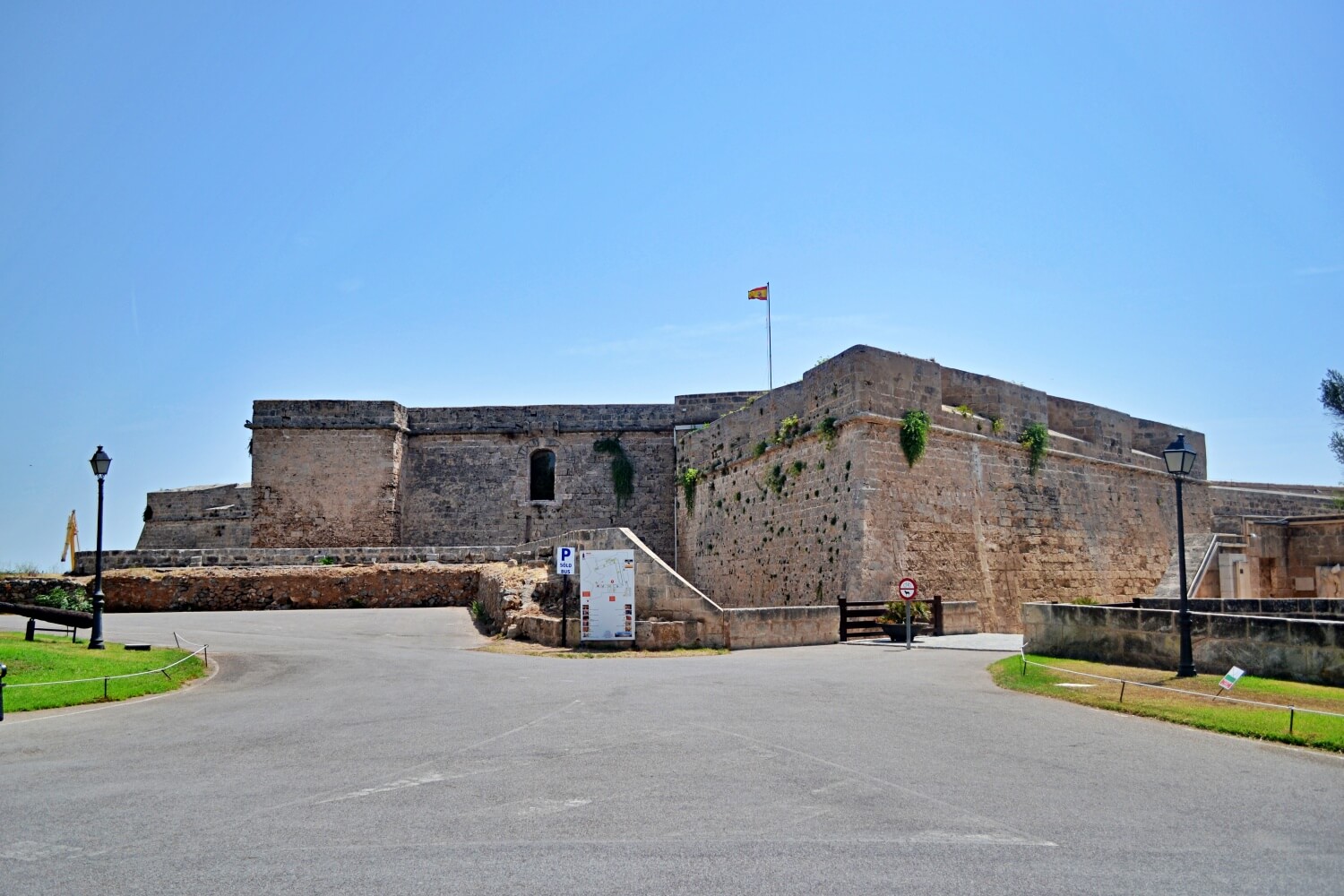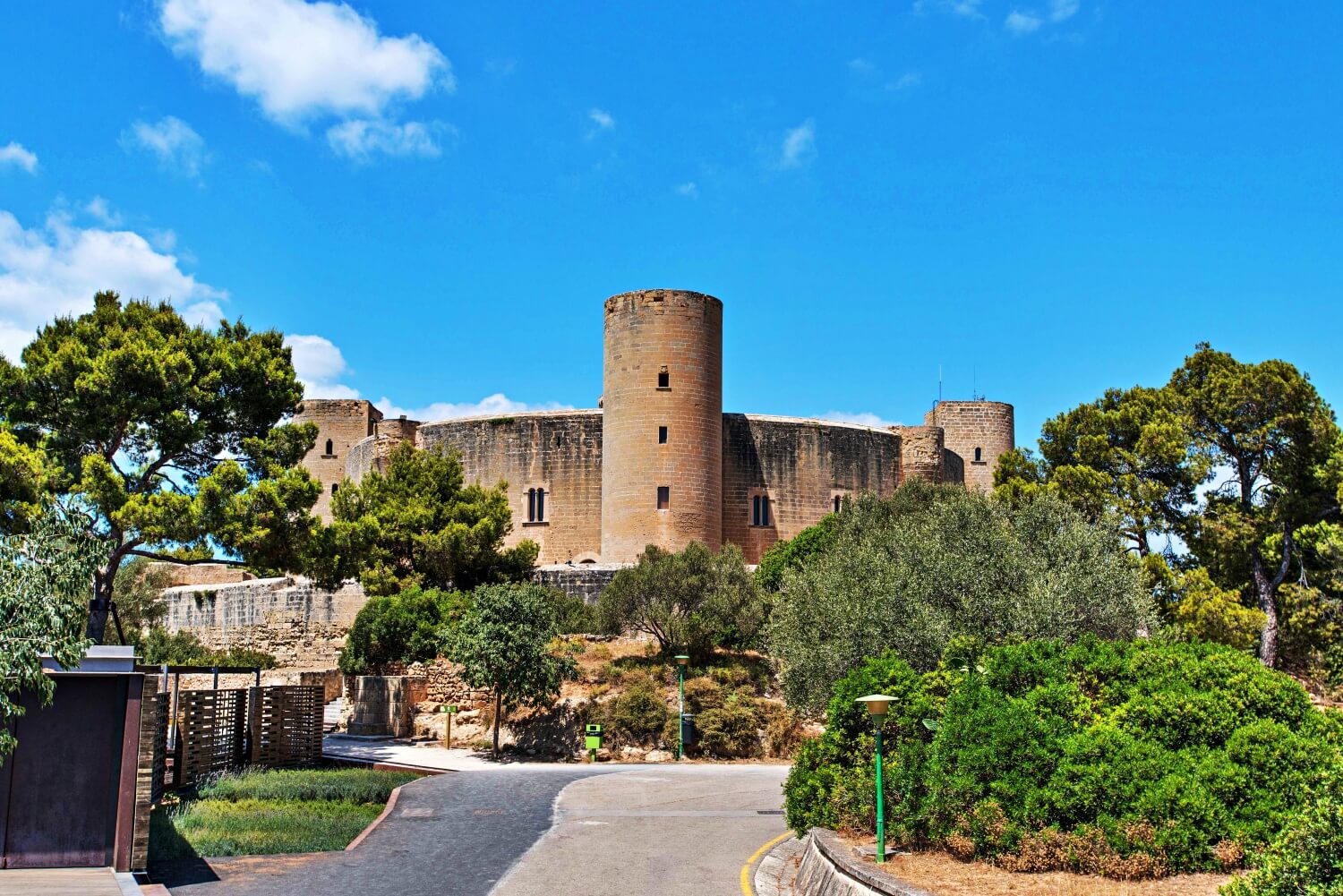Royal Palace of La Almudaina
Illes Balears Illes Balears Spain
manor, mansion
Palacio Real de La Almudaina
Illes Balears Illes Balears Spain
manor, mansion
The Royal Palace of La Almudaina, Spanish Palacio Real de La Almudaina, is the Alcázar (fortified palace) of Palma, the capital city of the Island of Majorca, Spain
La Almudaina es el Palacio Real o Alcázar Real de la ciudad de Palma de Mallorca, en España, y una de las residencias de la Familia Real Española, gestionada por el organismo público Patrimonio Nacional
Previous names
Royal Palace of La Almudaina, Palacio Real de La Almudaina
Description
The Royal Palace of La Almudaina, Spanish Palacio Real de La Almudaina, is the Alcázar (fortified palace) of Palma, the capital city of the Island of Majorca, Spain.
History
This imposing alcázar, known at the time of the conquest with the name of "Zuda", was rebuilt in 1309 by the king James II of Majorca, according to the model of the Royal Palace of Perpignan. In La Almudaina, the monarchs of the Kingdom of Majorca, the Aragonese monarchs and Spanish monarchs had their court successively. Philip II of Spain destined the "Tinell" to Real Audiencia and installed in the rest of the building the General Captaincy of the Islands.
The current structure of La Almudaina corresponds to the one built in the 14th century with its different spaces; the palaces of the King and of the Queen, the chapel of Saint Anne or the baths, are the most outstanding.
Its decoration presents two environments, on the ground floor the medieval style is recreated with works from the 15th to the 20th centuries. The upper floor, used for the celebration of official acts of the Royal Family, is decorated with objects and furniture from other Royal Sites of the 17th, 18th and 19th centuries.
The current castle, of Roman origin, is a modification of the Muslim alcázar begun in 1281, it lasted until 1343, during the reigns of James II of Majorca , son of James I of Aragon, Sancho of Majorca and James III of Majorca. La Almudaina was the seat of the prosperous Majorcan kingdom of 14th century, during the reigns of the aforementioned monarch and his successors Sancho of Majorca and James III of Majorca, until passing to the Crown of Aragon with Peter IV in 1349.
During the first half of 16th century the upper floor was built by order of the king Charles V, Holy Roman Emperor.
In the same way as in Madrid the Royal Palace of Madrid, the Royal Palace of La Almudaina, is the official summer residence of the King, although it effectively lives together with the rest of the Spanish Royal Family in the Palau de Marivent, as in Madrid with the Palacio de la Zarzuela.
La Almudaina es el Palacio Real o Alcázar Real de la ciudad de Palma de Mallorca, en España, y una de las residencias de la Familia Real Española, gestionada por el organismo público Patrimonio Nacional. Recoge en sus muros la historia de las islas desde los asentamientos megalíticos.
Historia y descripción del palacio
Este imponente alcázar, conocido en la época de la conquista con el nombre de "Zuda", fue reedificado en 1309 por el rey Jaime II, según modelo del Palacio Real de Perpiñán. En La Almudaina tuvieron sucesivamente su corte los monarcas del reino de Mallorca, los de Aragón y los de España. Felipe II destinó el "Tinell" a Real Audiencia e instaló en el resto del edificio la Capitanía General de las Islas.
La estructura actual de La Almudaina corresponde a la construida en el siglo XIV con sus diferentes espacios; los palacios del Rey y de la Reina, la capilla de Santa Ana o los baños, son los más destacados.
Su decoración presenta dos ambientes, en la planta baja se recrea el estilo medieval con obras del siglo XV al XX. La planta superior, utilizada para la celebración de actos oficiales de la Familia Real, está decorada con objetos y mobilario procedentes de otros Reales Sitios de los siglos XVII, XVIII y XIX.
El castillo actual, de origen romano, es una modificación del alcázar musulmán iniciado en 1281, se prolongó hasta 1343, durante los reinados de Jaime II, hijo de Jaime I el Conquistador, Sancho I y Jaime III. La Almudaina fue la sede del próspero reino mallorquín del siglo XIV, durante los reinados del citado monarca y de sus sucesores Sancho I y Jaime III, hasta pasar a la Corona de Aragón con Pedro IV en 1349.
Durante la primera mitad del siglo XVI se construyó la planta alta por orden del rey Carlos I de España.
Del mismo modo que en Madrid el Palacio de Oriente, el Palacio Real de La Almudaina, es la residencia oficial de verano del Rey, si bien habita efectivamente junto al resto de la Familia Real Española en el Palacio de Marivent, como ocurre en Madrid con el Palacio de la Zarzuela.
Useful information
- Básica: 7€;
- Mayores de 65 años de los Estados miembros de la Unión Europea o de países iberoamericanos. Mediante carné de identidad, pasaporte, carné de conducir, permiso de trabajo o residencia: 4€ "
- Menores de 5 años GRATUOTO;
- Ciudadanos entre 5 y 16 años. Acreditación mediante carné identidad o pasaporte de 14 a 16 años: 4€
Acceso GRATUITO:
- 18 de mayo, día Internacional de los Museos.
- 12 de octubre, Fiesta Nacional de España, sin distinción de nacionalidad
- Familias numerosas con acreditación de Libro de Familia o equivalente de la U.E. y Países Iberoamericanos portadores de permiso de residencia o de trabajo de dichas nacionalidades. (Al menos, un adulto y tres hijos, o dos si uno de ellos está afectado por alguna discapacidad)
- Miembros del ICOM (Consejo Internacional de Museos), mediante carné acreditativo de dicho Organismo.
- Guías Oficiales de Turismo con carné de Guía Oficial de Turismo, realizando su actividad profesional, o cuando soliciten la entrada con el fin de preparar su trabajo
- Profesores en visita individual con carné de docente.
- Personas con discapacidad portadoras de acreditación.
- Personas en situación legal de desempleo que acrediten esta circunstancia, mediante Tarjeta de Demanda de Empleo o documento equivalente, expedido por Órgano competente.
- Los miércoles y jueves de 15 a 18 h. (octubre a marzo) y de 17 a 20 h. (abril a septiembre), entrada gratuita para ciudadanos de la Unión Europea, residentes y portadores permiso de trabajo en dicho ámbito y ciudadanos iberoamericanos, previa acreditación de nacionalidad (carta de identidad nacional, pasaporte o carné de conducir) o permiso residencia o trabajo. Estas entradas únicamente se pueden adquirir en taquillas.
info@culturalpalma.com
Cierre semanal: lunes durante todo el año
-
External links
Nearby castles



